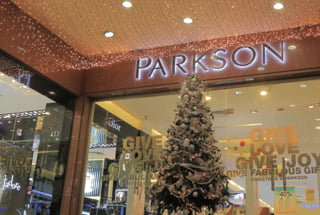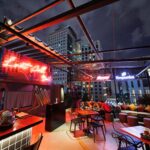Parkson Saigon Tourist is a well-established luxury shopping mall in Ho Chi Minh City. If you want to spend a full day shopping in District 1, it is easy to combine a visit to Parkson Saigon Tourist on Le Thanh Ton street with the adjacent Vincom Center. The shopping centre is filled with international and luxury brands specialising in fashion, homeware and cosmetics brands like Shu Uemura and Bvlgari.







